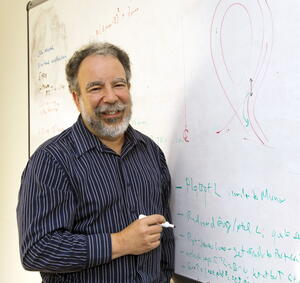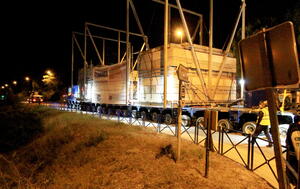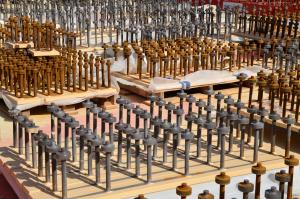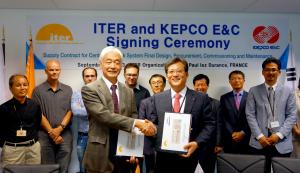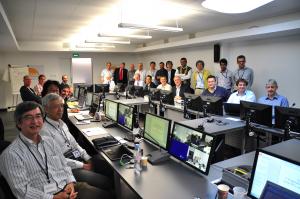What’s New
30 September 2013
ITER news digest for the period of 25 September 2013 to 30 September 2013.
In the media
Engineering and Technology Magazine
Futura-Sciences

